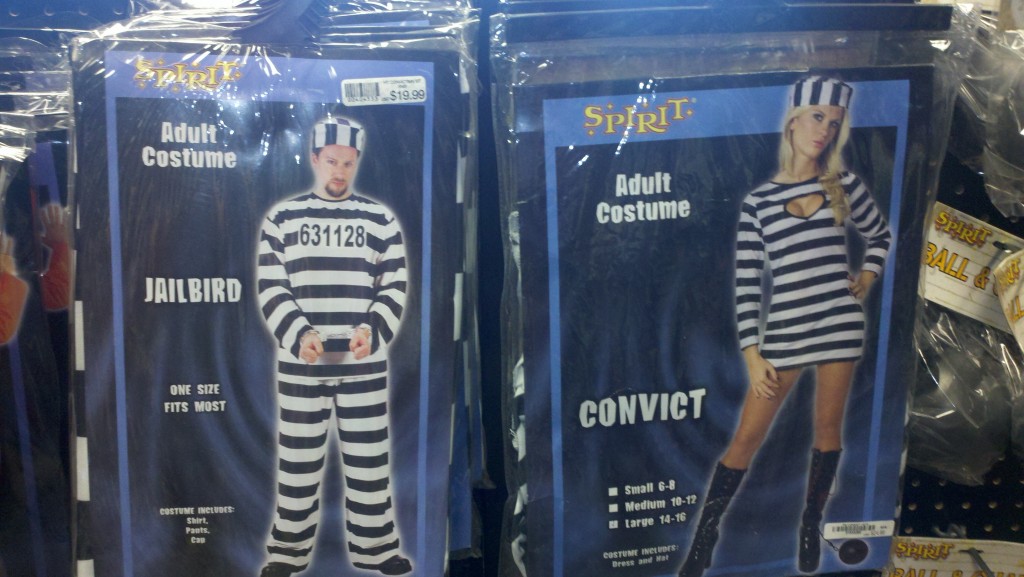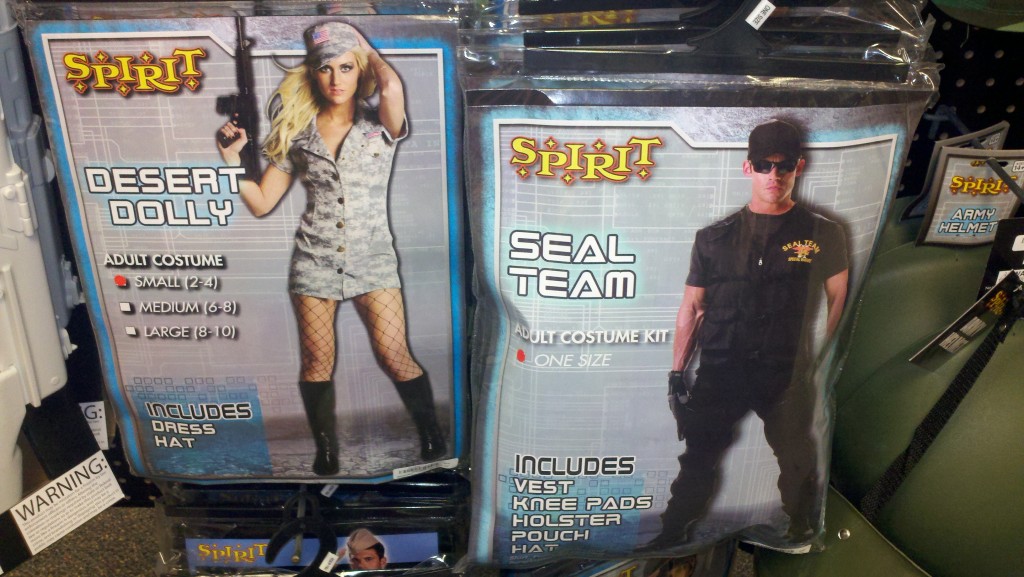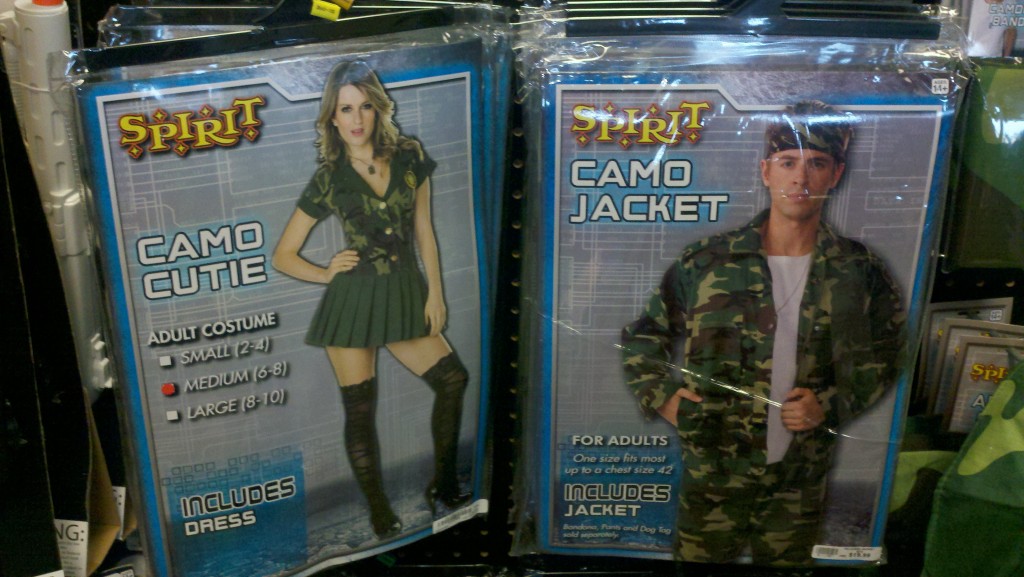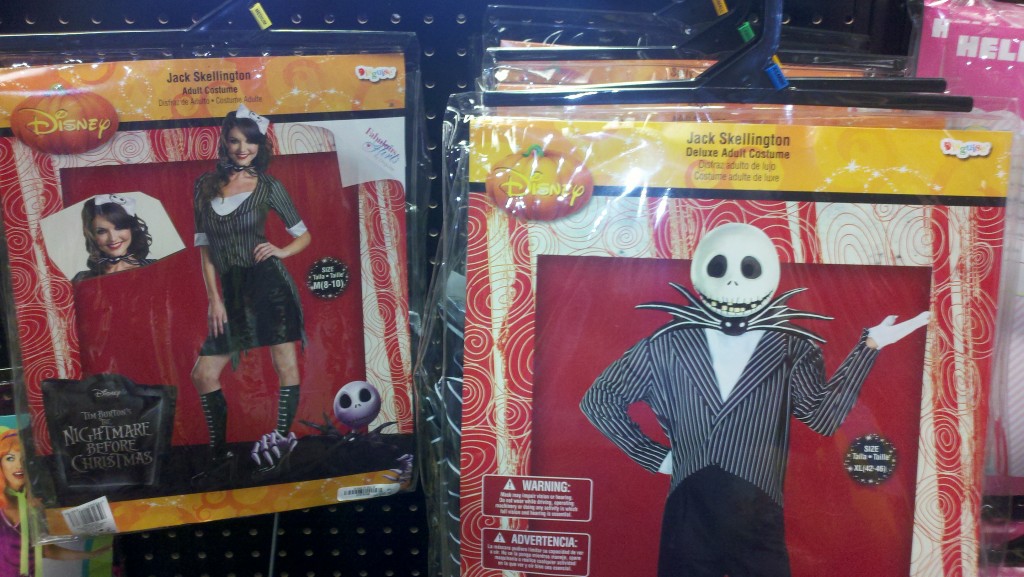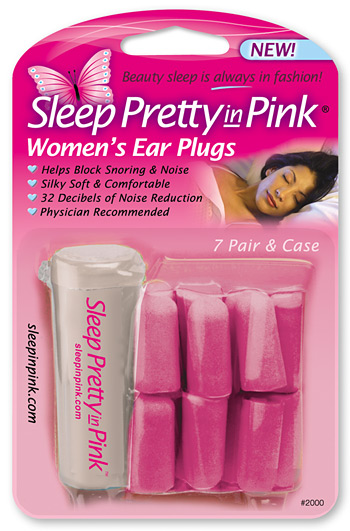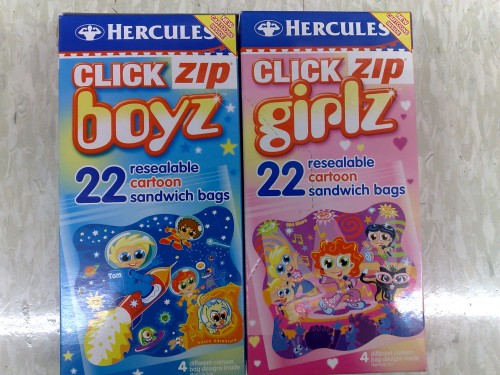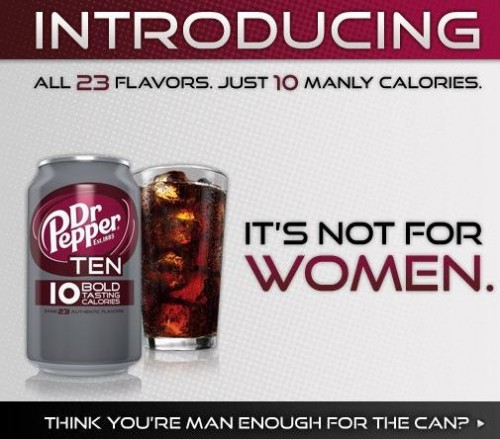Two additional cases of a boy being subject to schools rules that don’t apply to girls prompts a re-post. I’ve added the new instances to the end.

Tara C. sent us a link to a story about a 4-year-old boy who has been given in-school suspension (and was threatened with expulsion) for having hair that breaks the dress code for the Dallas, TX, school system:
Dmitriy T.M. sent in another story, this one featuring a 6-year-old named Gareth who was being placed into in-school suspension (i.e., spending all day each day in the principal’s office) because of his long hair and earring.
So, this still you see of him below… that’s what counts as long hair. And, can you spot the earring in his left ear? It’s there.
In another case, 16-year-old Kasey Landrum was suspended for wearing eye-liner on school grounds (after classes were out):
Of course, these aren’t just about enforcing a dress code. It’s a gendered code; girls aren’t required to have short hair cuts, because on girls, longer hair isn’t “distracting,” it’s “normal.” As is make-up and earrings. Implicit in the idea of what counts as an appropriate appearance, then, is the gender of the person wearing it. These cases reveal, further, that girls are allowed more choices than boys because we are more accepting of girls acting boyish than boys acting girlish (in what sociologists call “androcentrism“).
The final case also reveals the importance of intersectionality, or the way that different identities come together in complicated ways. Landrum claims that an ostensibly heterosexual boy was allowed to wear punk-style make-up to school on the same day. So breaking gender rules is apparently okay if you affirm that you’re heterosexual, and maybe being gay is okay if you don’t break any gender rules, but doing both is going too far.


